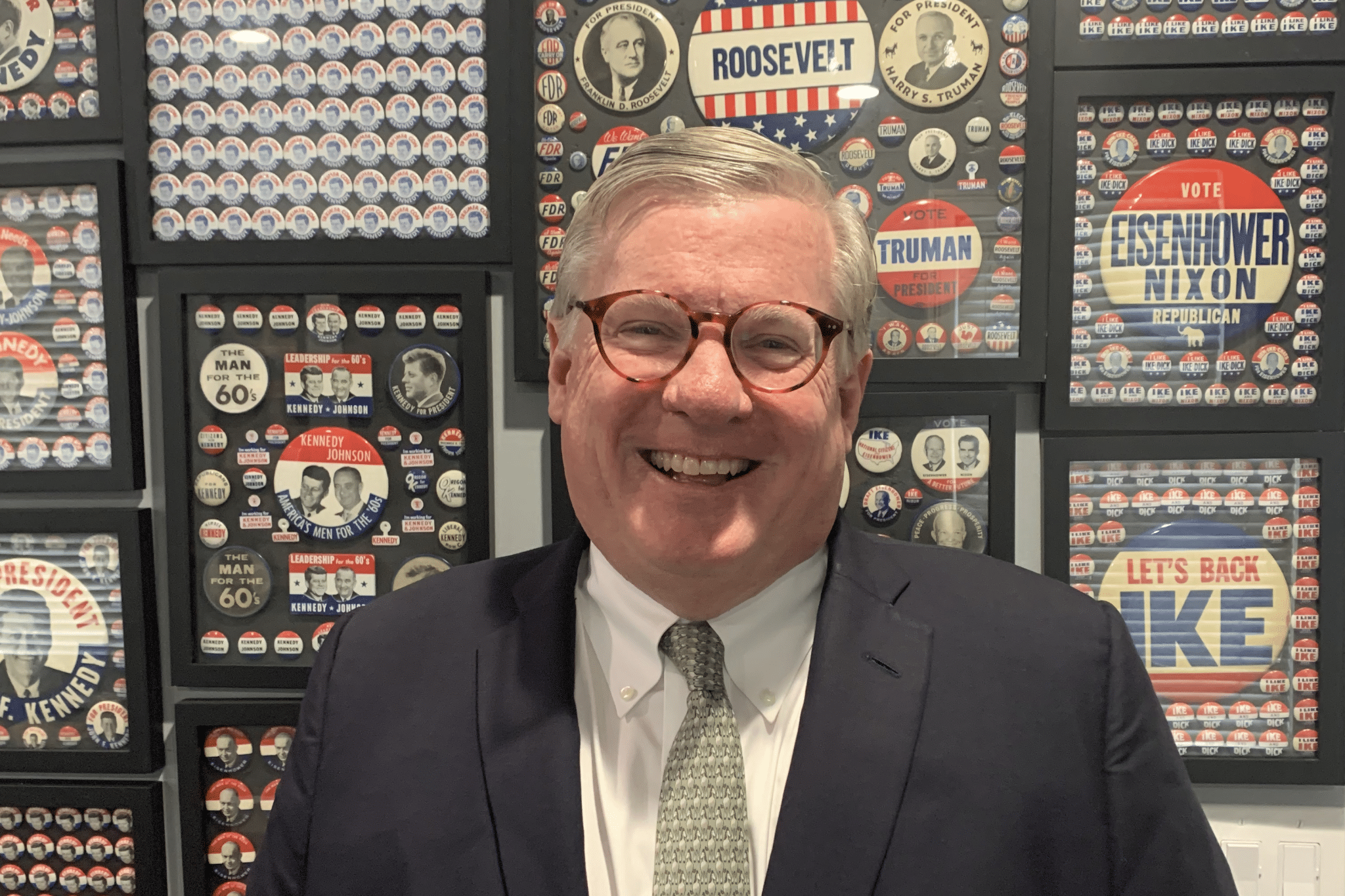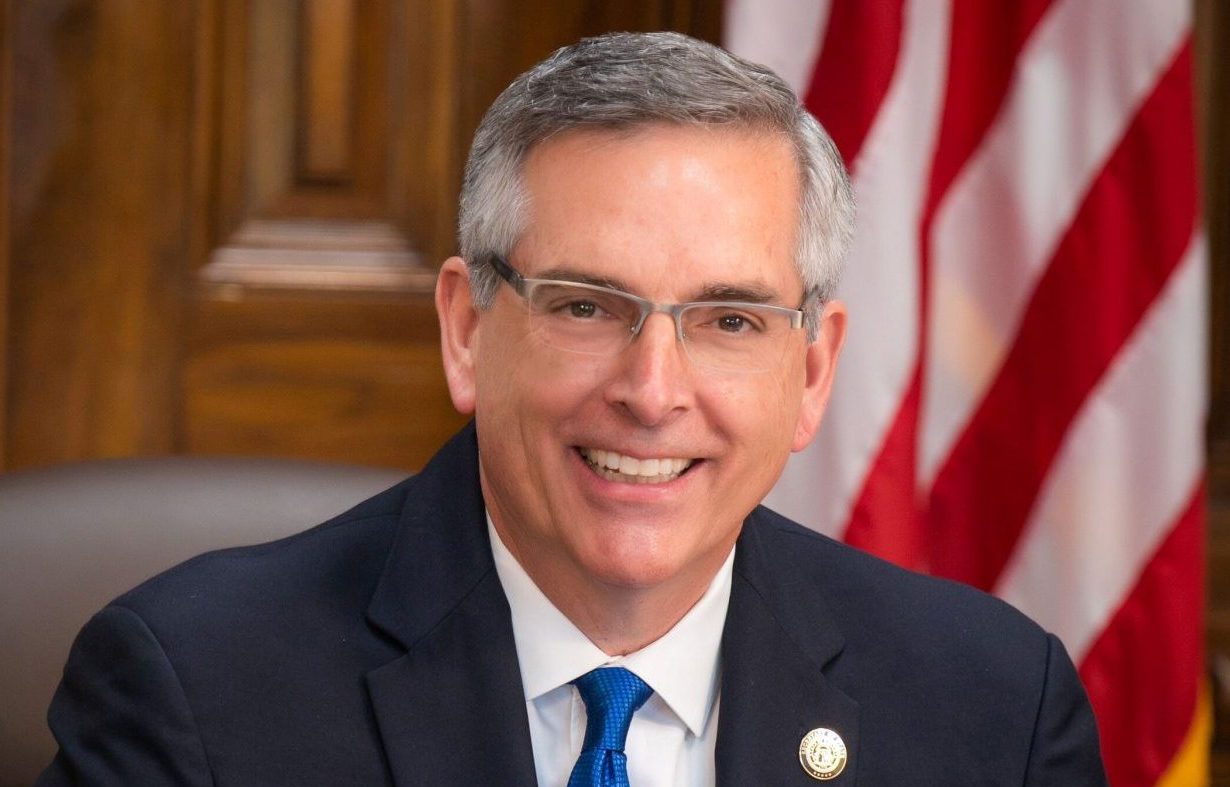During the early months of the coronavirus pandemic, I learned that many jurisdictions feared poll worker shortages as regular poll workers avoided possible exposure to COVID-19. I decided to sign up to assist with the 2020 presidential election in my precinct, and I have been a consistent poll worker ever since, serving as a standard election officer, precinct chief and assistant chief. Ahead of tomorrow’s National Poll Worker Recruitment Day, I’ll share some lessons I’ve learned from the nine elections where I’ve served as an officer.
- Running an election is a HUGE undertaking. In my home of Fairfax County, Virginia, the elections office sets up more than 350 precincts on Election Day, and dozens of locations during the early voting period, usually multiple times per year for primaries and general elections. That requires recruiting, assigning and training thousands of election workers each year. Dozens more people are working behind the scenes, visiting polling locations to ensure quality and accuracy, and others are receiving and storing more than 600,000 ballots in a general election. Ballots need to calibrated specifically for the right combination of congressional districts, state and county legislative/officeholder seats, and school board positions in each precinct, depending on the election.
- Elections offices and officers go the extra mile to ensure election integrity. Americans are being told by candidates, elected officials, members of the media, and influencers that there is rampant fraud and that our elections aren’t secure or legitimate. After working in election precincts for the last five years, it’s extremely hard to believe that’s true. Ballots are meticulously counted and recounted and checked multiple times per day to ensure that voters checked in and ballots counted align. Voters who requested absentee ballots are prohibited from casting a regular ballot unless they surrender the mail-in ballot they received, and instead have to vote provisionally and have their record checked after the election. Machine-counted ballots always have a paper backup. Whenever possible, chiefs and assistant chiefs are selected to be bipartisan, and election officers watch each others’ work and hold each other accountable for an accurate and legal election.
- Elections are inclusive. In Fairfax County, the county ensures that any person eligible to vote in our precinct is able to do so. That means hanging signs in at least four languages, bringing in language specialists to help voters who struggle with English, and providing important tools for voters who have trouble with mobility, sight, or hearing.
- Working the polls is fun. People who volunteer for our elections do so because they love our country and want to make a difference in our communities. Spending 15 hours together setting up, executing, and breaking down a precinct allows for fascinating conversations with people I’d likely have never met otherwise. After five years of serving, I have looked forward to each election for the opportunity to reconnect with other election officers who I’ve seen in years past. You also never know what you’re going to get: a few years ago, a voter came towing a wagon with an enormous tortoise decked out in red, white, and blue.
- Serving as an election officer is a source of pride. Working an election requires a few hours of training and a long day, but it’s intensely gratifying to know that your work is making our democracy possible. It’s always nice to hear a voter express their gratitude to our team, and an “I Voted” sticker is a constant source of joy for our voters. My favorite moments are when the whole team of election workers cheer for a first-time voter, or when we create memories for young people when they receive their “future voter” sticker after watching a parent or guardian cast their ballot. And, for many jurisdictions, working as an election officer is an opportunity to serve the community and make some extra money!
On today’s National Poll Worker Recruitment Day, consider visiting HelpAmericaVote.gov to learn more about how you can help make our democracy happen.

Image courtesy of United States Election Assistance Commission





